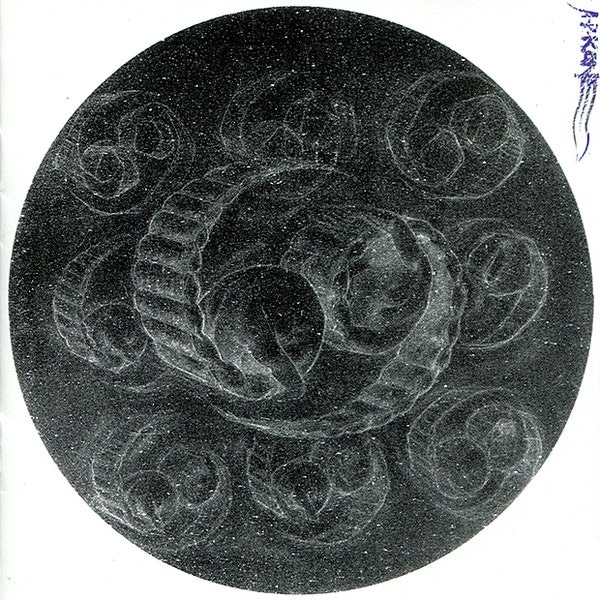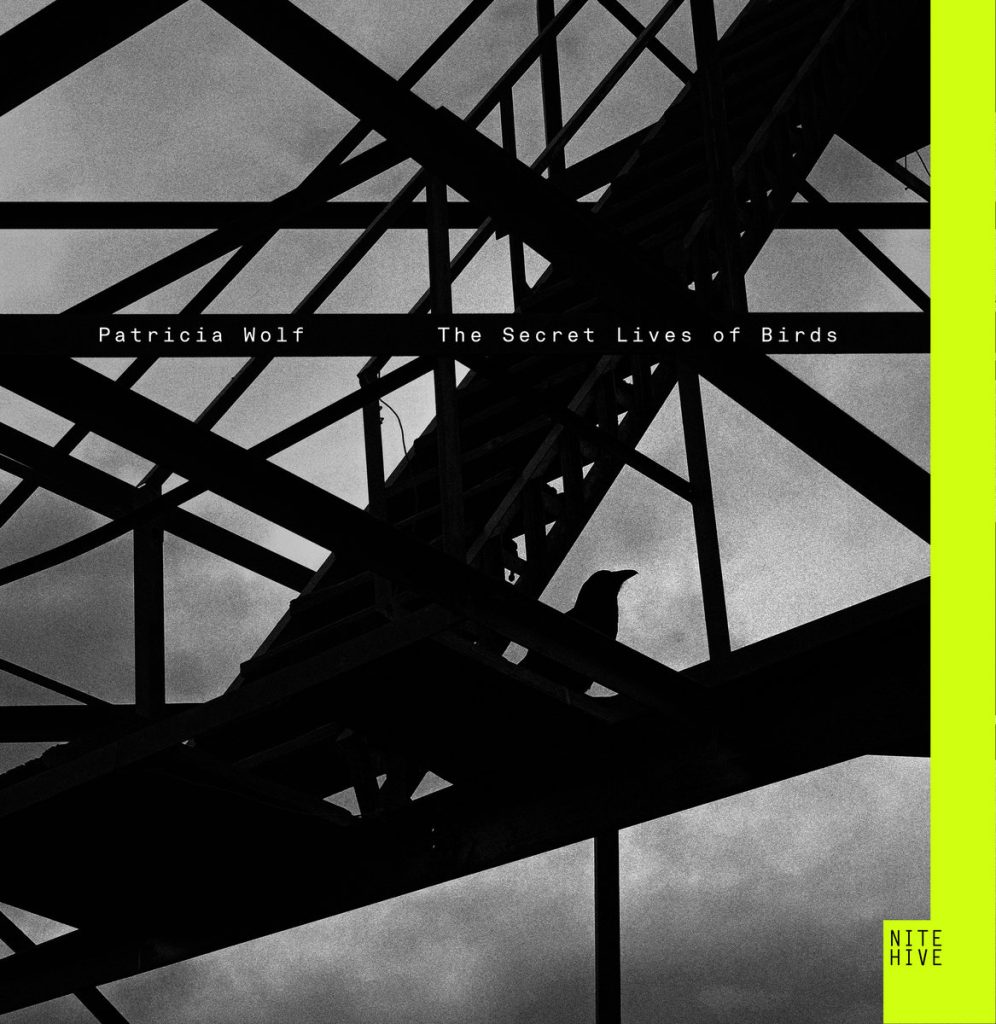A.R. Kane – 69 (1988) – Review

A.R. Kane’s “69,” released in 1988, is one of those albums that leaves an indelible impression long after its final note has echoed away. Melding elements from various musical landscapes including dream pop, shoegaze, and dub, the duo crafted an experience that is at once ethereal, introspective, and intriguingly experimental.
Upon first listen, one might be tempted to draw comparisons to other artists of the era; the early works of The Cocteau Twins or My Bloody Valentine come to mind. However, as the tracks unfold, it becomes clear that A.R. Kane is operating in a unique sonic realm. The album possesses an oceanic depth, with layers of sound that invite the listener to dive deeper and explore its intricate textures and moods.
“Baby Milk Snatcher” starts the album’s journey with a haunting, spacey ambiance – its echoey vocals and languid guitar riffs induce a dreamlike state that’s captivating. This sense of otherworldliness is something the duo manages to sustain throughout the album.
“Crazy Blue” stands out as a masterful juxtaposition of light and dark. The track begins with an uplifting, almost jangly guitar riff, which is then overlaid with vocals that feel distant yet deeply emotional. There’s a sense of longing that’s palpable, even if the lyrics themselves are cryptic. This duality, of bright instrumentation paired with introspective vocals, is a hallmark of A.R. Kane’s style.
However, it’s “The Sun Falls Into the Sea” that might best encapsulate the album’s spirit. It’s a track that’s both soothing and disorienting, much like watching the sun dip below the horizon on a hazy day. The repetitive guitar patterns, overlaid with vocals that drift in and out of comprehensibility, induce a trance-like state. It feels like a gentle descent into a dream, blurring the lines between the conscious and subconscious.
Not to be overlooked is the duo’s dabbling in dub influences, most prominently felt in “A Love From Outer Space.” It’s a playful departure from the album’s primarily dreamy ambiance, showcasing A.R. Kane’s versatility and willingness to experiment with different genres.
Some criticism leveled at this album is that the cohesiveness can occasionally feel stifling. And that the tracks sometimes blend into one another in a way that makes it difficult to differentiate them. But the difference between A.R. Kane and other artists in the now popular genre, is that this album was designed to be a singular, immersive experience rather than a collection of standalone songs. And of course that influence became a staple for bands in the genres of Shoegaze and Dreampop. A.R. Kane was telling a long story, not the same story over and over. If you were unaccustomed to such a densely layered sound, it might require multiple listens to fully appreciate its nuances.
One thing that’s undeniable is the album’s timeless quality. Over three decades since its release, “69” feels as fresh and relevant as ever. It’s a testament to A.R. Kane’s visionary approach to music-making. They managed to create something that, while deeply rooted in its era, transcends it. The album doesn’t just sound like the ’80s; it sounds like a dream of the ’80s, viewed through a prism of memories and emotions.
In the pantheon of dream pop and shoegaze albums, “69” undoubtedly holds a special place. It’s not just a collection of songs, but an experience—a journey through sound that lingers in the mind and heart. For those willing to embark on this voyage, A.R. Kane offers a rich, textured landscape that’s well worth exploring.




